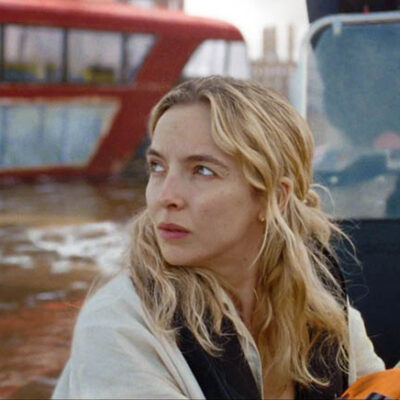By DEBRA KAUFMAN
John Richardson – the man who supervised special effects for all the Harry Potter films and nine James Bond movies – was born to be a special effects supervisor. His father, Cliff Richardson, was one of special effects’ pioneers, starting in the business in 1921 and working with Alfred Hitchcock and Ealing Studios in their early days.
“My father was absolutely my first mentor,” says Richardson. “I grew up with special effects, going to film sets whenever I could as a small boy.”
During school holidays, Richardson went on location with his father, first when he was 13, for Exodus with Otto Preminger and then for Lawrence of Arabia with David Lean. On Exodus, he was soon assisting with special effects, helping out in accounting and appearing as a kibbutz guard “extra.” But SFX was what stuck.
“All those explosions and fires and exciting things got it in my blood,” he says. Not that Richardson Sr. approved: “Dad felt that I was going to come into the industry over his dead body,” says Richardson. “He didn’t feel the film industry was stable enough. But I won in the end.”

A large explosion for the film Aces: Iron Eagle III, directed by John Glen. Filmed in Arizona, Richardson was responsible for the live-action effects, directing the model unit and effects and also some of the second unit.
Carl Foreman’s The Victors in 1962 was Richardson’s first film after leaving school; he next went to Malaysia with his father to make The 7th Dawn. “These were all big-budget movies,” says Richardson. “My father was doing the effects and his assistant was me, a 16-year-old boy.” Richardson continued to assist his father on movies that included Battle of Britain, and had his first solo outing as a SFX supervisor on Duffy. “My dad got a nice letter from [director] Bob Parrish, which pleased him enormously,” he says. Father and son continued to work together until 1970 and The Private Life of Sherlock Holmes, directed by Billy Wilder.
















